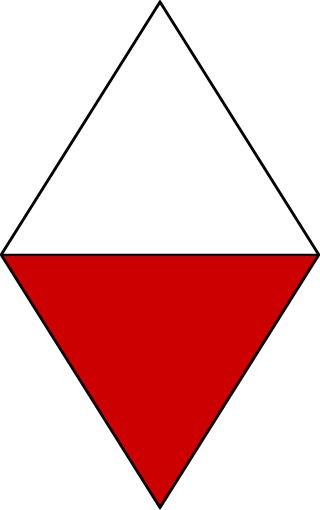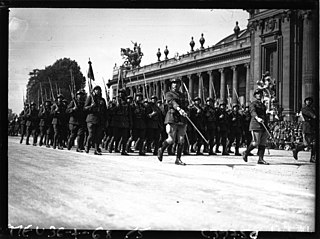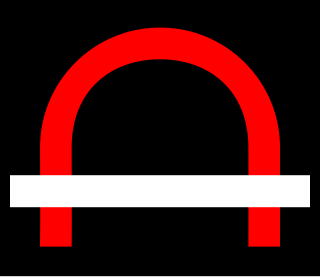The British Expeditionary Force (BEF) was the six divisions the British Army sent to the Western Front during the First World War. Planning for a British Expeditionary Force began with the 1906–1912 Haldane Reforms of the British Army carried out by the Secretary of State for War Richard Haldane following the Second Boer War (1899–1902).

The 42nd Infantry Division was an infantry division of the British Army. The division was raised in 1908 as part of the Territorial Force (TF), originally as the East Lancashire Division, and was redesignated as the 42nd Division on 25 May 1915. It was the first TF division to be sent overseas during the First World War. The division fought at Gallipoli, in the Sinai desert and on the Western Front in France and Belgium. Disbanded after the war, it was reformed in the Territorial Army (TA), in the Second World War it served as the 42nd Infantry Division with the British Expeditionary Force (BEF) and fought in Belgium and France before being evacuated at Dunkirk. The division was later reformed in the United Kingdom and, in November 1941, was converted into the 42nd Armoured Division, which was disbanded in October 1943 without serving overseas. A 2nd Line duplicate formation, the 66th Infantry Division, was created when the Territorials were doubled in both world wars.

The 54th Infantry Division was an infantry division of the British Army. The division was raised in 1908 following the creation of the Territorial Force (TF) as the East Anglian Division. During the First World War the division fought at Gallipoli and in the Middle East. The division was disbanded after the war but reformed in the Territorial Army in 1920. During the Second World War it was a home service division and did not see any combat service abroad and was disbanded in late 1943 but many of its component units went to see service in the Normandy Campaign and North-western Europe from June 1944 to May 1945.

The 55th Infantry Division was a French Army formation during World War I and World War II.
The 21st Infantry Division was a French Army formation during World War I and World War II.
The 60th Infantry Division was a French Army formation during World War I and World War II.
The 68th Infantry Division was a French Army formation during the First and Second World Wars.
The 53rd Infantry Division was a French Army formation during World War I and World War II.
The 61st Infantry Division was a French Army formation during World War I and World War II
The 32nd Infantry Division was a French Army formation during World War I and World War II.

The 8th Infantry Division was a French Army formation during World War I, World War II and the Cold War. It was dissolved in 1993.
The 18th Infantry Division was a French Army formation during World War I and World War II.
The 22nd Infantry Division was a French Army formation during World War I and World War II.

The 3rd Colonial Infantry Division was a division of the French Marine Forces, comprising mostly French citizen troops.

The North Staffordshire Regiment (Prince of Wales's) was a line infantry regiment of the British Army, which was in existence between 1881 and 1959. The 64th (2nd Staffordshire) Regiment of Foot was created on 21 April 1758 from the 2nd Battalion of the 11th Regiment of Foot. In 1881, under the Childers Reforms, the 64th Regiment of Foot was merged with the 98th (Prince of Wales's) Regiment of Foot (originally raised in 1824) to form the Prince of Wales's (North Staffordshire Regiment). In 1921 the regimental title was altered to the North Staffordshire Regiment (Prince of Wales's).

The 39th Division was an infantry formation of the British Army, raised as part of Kitchener's New Armies during World War I. It did not have a regional title, but was composed primarily of recruits from the Midlands, London, and the south of England. Most of its original units had been raised by local communities, and bore the names of their towns or sponsors. After training and home service, it deployed to the Western Front in early 1916 and saw action at the Somme, at Ypres and against the German spring offensive of 1918. Following near-destruction at the Battle of the Lys, the division was reduced to a cadre, which spent the remainder of the war training newly arrived units of the American Expeditionary Forces (AEF). It was disbanded in July 1919 after the end of the war.

The 57th Division was an infantry formation of the Territorial Force created in 1914 as part of the massive expansion of the British Army during the First World War. It served on the Western Front during 1917 and 1918. The divisional number was reactivated for deception purposes during the Second World War.

The Monmouthshire Regiment was a Territorial infantry regiment of the British Army. Originating in units of rifle volunteers formed in Monmouthshire in 1859, the regiment served in the Second Anglo-Boer War and both World War I and World War II before losing its separate identity in 1967.
The 10th Cavalry Division was a French army unit that fought in World War I in 1914 and was disbanded, after a period of inaction, in 1916.








